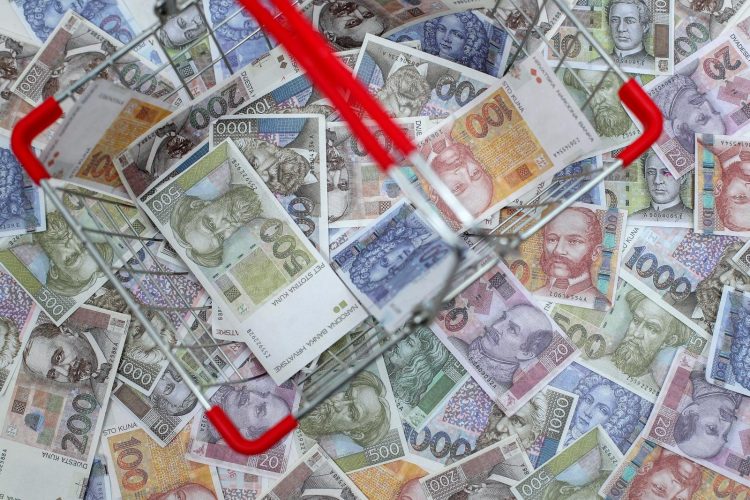
The Croatian government expects the national economy to rise at a rate of 5.2% in 2021, which is 0.3 percentage points more than its previous forecast, the government said at its meeting on Thursday when it adopted the 2022-2024 Convergence Programme.
Economic activity is expected to pick up at a rate of 6.6% in 2022.
The Convergence Programme is adopted on a regular basis in dialogue with the European Union’s institutions as part of the European semester.
This year’s document also deals with macroeconomic, fiscal and other economic effects of the draft National Recovery and Resilience Plan (NPOO), which was forwarded today to the European Commission for final fine-tuning.
Addressing the meeting, Finance Minister Zdravko Maric said that the effects of the NPOO raised the projected growth rate by 0.3 percentage points. Furthermore, growth of 6.6% and 4.1% is forecast for 2022 and 2023 respectively,
The finance minister said that these rates have 1.5 percentage points of the effects made by the National Recovery and Resilience Plan.
In 2024 the economy is expected to rise at a rate of 3.4%.
Maric pointed out growing commodity and services exports as a positive contribution to the growth.
Domestic consumption and investments will also give tailwinds to the growth.
2021 budget gap at 3.8% to narrow in coming years
The projections from the Convergence Programme, including the fiscal elements, will serve as an input in the preparation of the budget revision, the minister said.
Concerning the expenditure side, the minister pointed out the costs incurred due to the COVID-19 epidemic, which have reached HRK 32 billion.
He said that in 2020, HRK 14.1 billion was used to offset the pandemic and an additional 8.6 billion this year. Of that amount, the largest portion was used for the job retention scheme, including grants for job-keeping measures, shortened working hours, and the coverage of the fixed costs of enterprises.
In the healthcare system, the COVID-related costs covered the procurement of coronavirus tests and now vaccine supplies, Maric added.
Therefore, the initial plan of this year’s budget gap of 2.9% has widened to 3.8% of GDP, the minister explained.
In 2022, the budget gap should be within the limits set by the Maastricht criteria (-2.6%), and in 2023 it would narrow to 1.9% and further to 1.5% in 2024, according to the minister’s explanation.
Maric said that Croatia had left the excessive deficit procedure in 2017 and was no longer in the group of countries with excessive economic imbalances, regaining the status of a creditworthy country. He also underscored Croatia’s aspirations to adopt the euro.


Kakvo je tvoje mišljenje o ovome?
Budi prvi koji će ostaviti komentar!